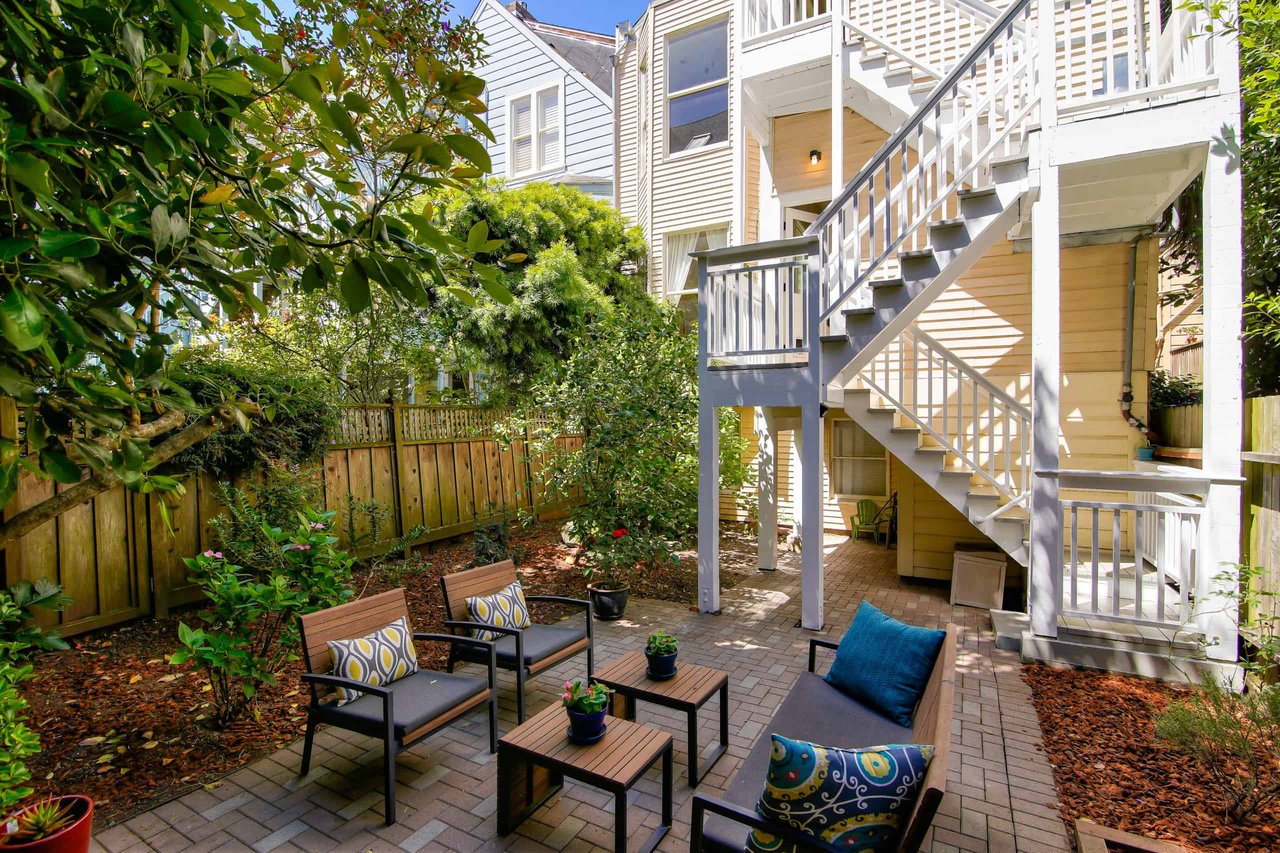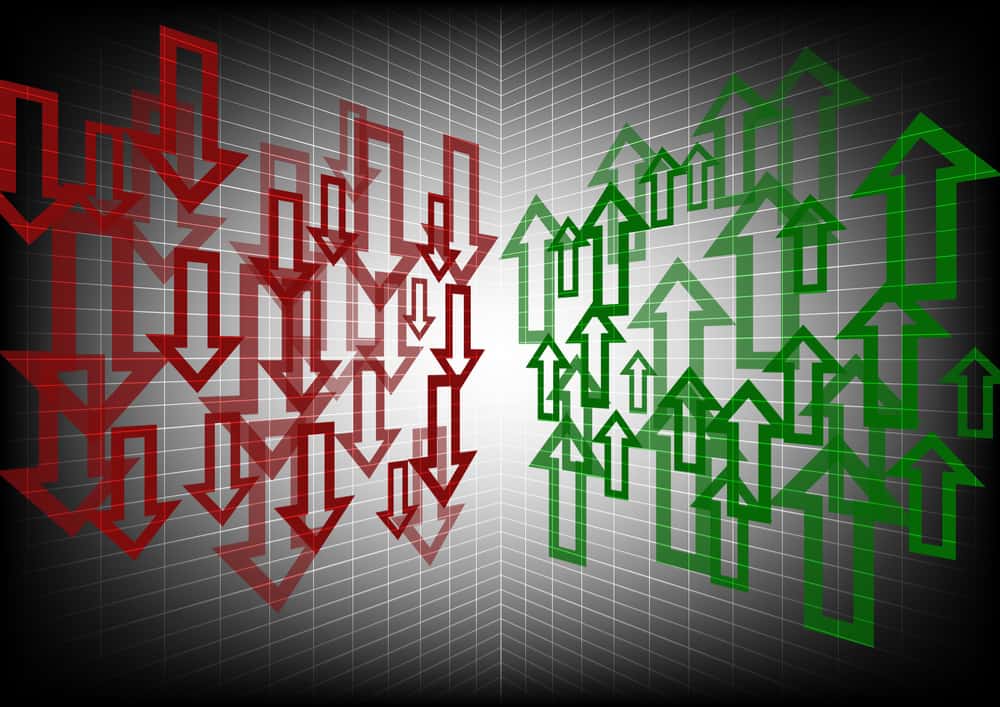South Bay Peninsula April '24 Real Estate Update Ascend RE
Ascend RE April 18, 2024
South Bay

Ascend RE April 18, 2024
South Bay

Single-family home and condo inventory barely increased at all last year, which is far from the seasonal norm. In 2023, inventory didn’t have anything resembling the typical sine wave, since far fewer sellers came to the market, especially in the first half of the year, and the low inventory and fewer new listings slowed the market considerably. New listings were exceptionally low, so the little inventory growth last year was driven by softening demand. Typically, inventory peaks in July or August and declines through December or January. However, in 2023, inventory peaked in September, further highlighting the atypical supply trend. During Q4 2023, inventory, sales, and new listings dropped.
Inventory and new listings increased significantly in the first two months of 2024. With the current low inventory levels, the number of new listings coming to market is a significant predictor of sales. New listings increased 22% month over month, and sales increased 36%. Year over year, inventory is down 1%; however, sales and new listings are up 29% and 19%, respectively. The next three months will be critical to our understanding of the market. More supply will mean a healthier market and a more normal housing market in 2024.
Months of Supply Inventory (MSI) quantifies the supply/demand relationship by measuring how many months it would take for all current homes listed on the market to sell at the current rate of sales. The long-term average MSI is around three months in California, which indicates a balanced market. An MSI lower than three indicates that there are more buyers than sellers on the market (meaning it’s a sellers’ market), while a higher MSI indicates there are more sellers than buyers (meaning it’s a buyers’ market). The Silicon Valley market tends to favor sellers, which is reflected in its low MSI. MSI fell sharply in the first quarter of 2023 before gently trending higher from May to November. In December, MSI declined sharply, but rose again in January. MSI contracted once again in February and currently indicates a sellers’ market for both single-family homes and condos.
We can also use percent of list price received as another indicator for supply and demand. Typically, in a calendar year, sellers receive the lowest percentage of list price during the winter months, when demand is lowest. Winter months tend to have the lowest average sale price (SP) to list price (LP), and the summer months tend to have the highest SP/LP. The January and February 2024 SP/LP were 5% and 6% higher than last year, respectively, meaning we expect sellers overall to receive a higher percentage of the list price throughout all of 2024 than they did in 2023.
Recent
Browse our blog posts to be in the know.

Provided Courtesy of Ascend Real Estate

Provided Courtesy of Ascend Real Estate

Provided courtesy of Ascend Real Estate



Welcome to our September newsletter, where we’ll discuss residential real estate trends in the East Bay and across the nation. This month, we’ll examine the state of t… Read more





The Big Story What to expect when you’re expecting inflation Quick Take: The number of homes sold in 2021 is set to be one of the highest on record. Inflation reached … Read more



Welcome to our September newsletter, where we’ll discuss residential real estate trends in Silicon Valley and across the nation. This month, we’ll examine the state of… Read more








Welcome to our September newsletter, where we’ll discuss residential real estate trends in San Francisco and across the nation. This month, we’ll examine the state of … Read more


As we end another crazy year, we are very grateful our kids are finally fully vaccinated, and a return to some sense of normalcy is in view. We are especially looking … Read more

















Summer is here, and so are the boozy slushies, all-you-can-eat tacos and double cheeseburgers





The Big Story Where can home prices go from here? Quick Take: Home prices appreciated faster in 2021 than at any other time, even surpassing the 2004–2006 housing bubb… Read more








No doubt 2021 Bay Area housing markets was one of the wildest in recent memory! Our local real estate experts will share their year-end analysis of San Francisco, East… Read more










Welcome, welcome, welcome to 2022. Low inventory here in San Francisco gave us Realtors® a short respite. I took advantage of the slowdown and spent some time tailgati… Read more



Happy Autumn! With all the harvest festivals, this is one of my favorite times of year. My kids love the pick-your-own pumpkin activities, and we look forward to our a… Read more





Welcome to our October newsletter, where we’ll explore residential real estate trends in the East Bay and across the nation. This month, we examine the state of the U.… Read more







Friends and Clients enjoyed our October 23, 2021 event at 1856 15th Street, San Francisco

Welcome to 2022. Low inventory and year end gave us Realtors® a short respite. We took advantage of the slowdown to celebrate the holidays with family. We took the opp… Read more


Welcome to our October newsletter, where we’ll explore residential real estate trends in the Greater Bay Area and across the nation. This month, we examine the state o… Read more




With the new year, there are lots of changes but still the same challenges. With this comes anxiety and frustrations. What is for certain is that it’s your family’s jo… Read more




What a difference a year makes. This time last year, for the sake of safety, we sat outside in the pouring rain with our loved ones to celebrate the Asian Lunar New Ye… Read more

Welcome, welcome, welcome to 2022. Low inventory here in San Francisco gave us Realtors® a short respite. We took advantage of the slowdown to celebrate Chanukah as a … Read more

I’m feeling particularly thankful this November. As pumpkins give way to turkey and cornucopia, we are enjoying lots of family time. I am especially looking forward to… Read more

Spring has sprung and the market is feeling a lot luckier!

What does the Spring market have in store for us?


2021 was a challenging year for many of us (myself included). Many of us were waiting for 2022 to push the reset button on many (if not, all) aspects of our lives. … Read more




You’ve got questions and we can’t wait to answer them.